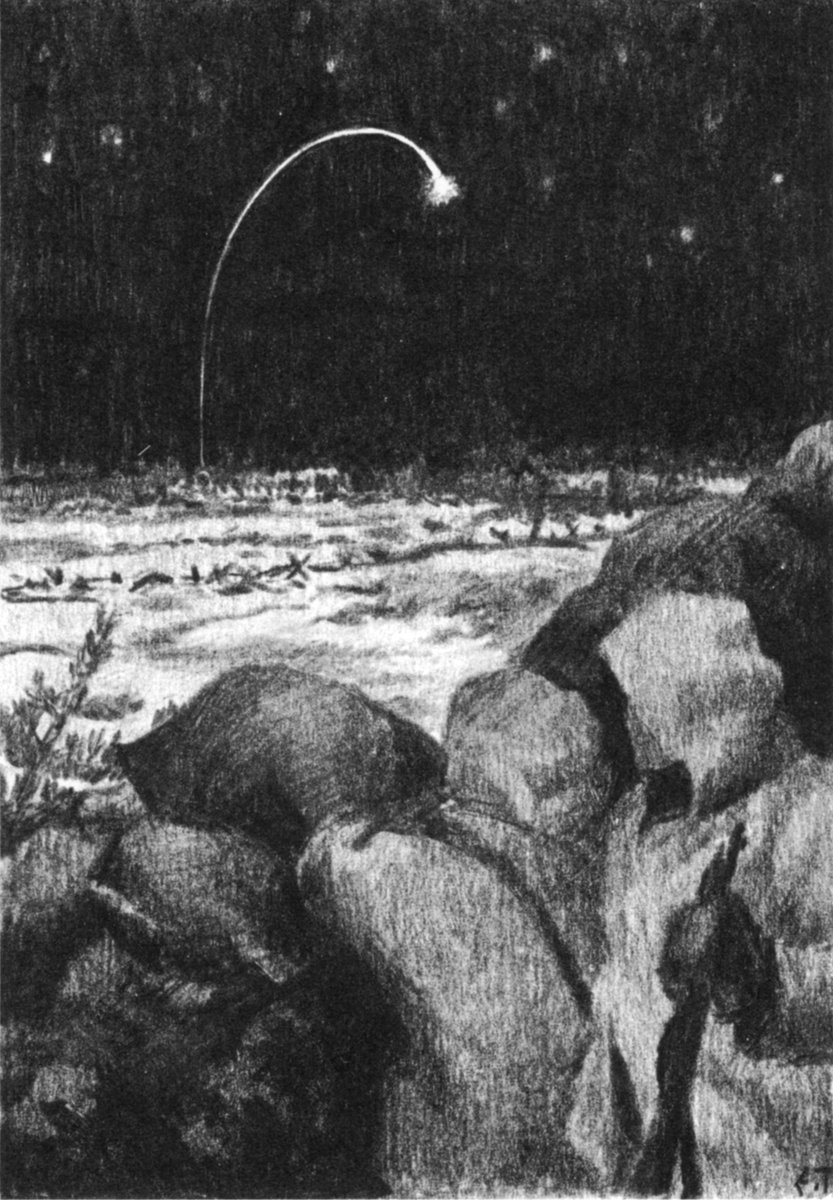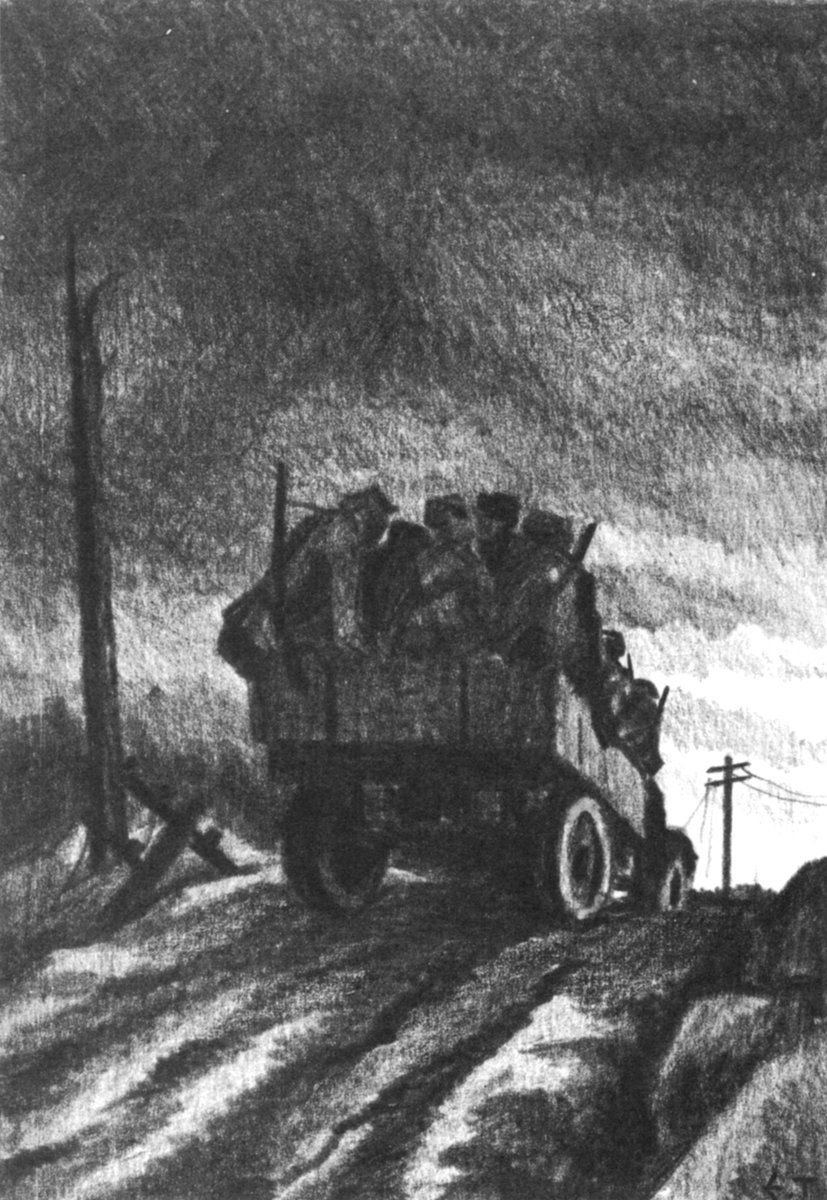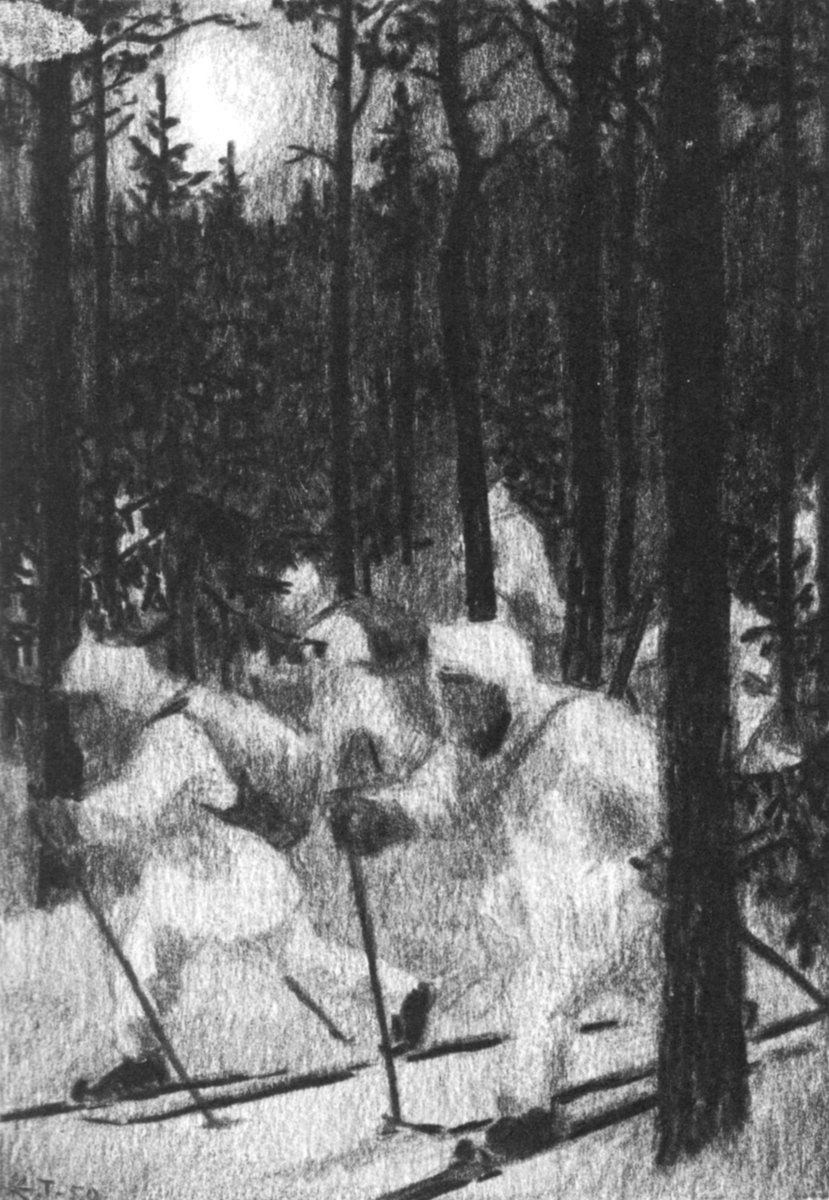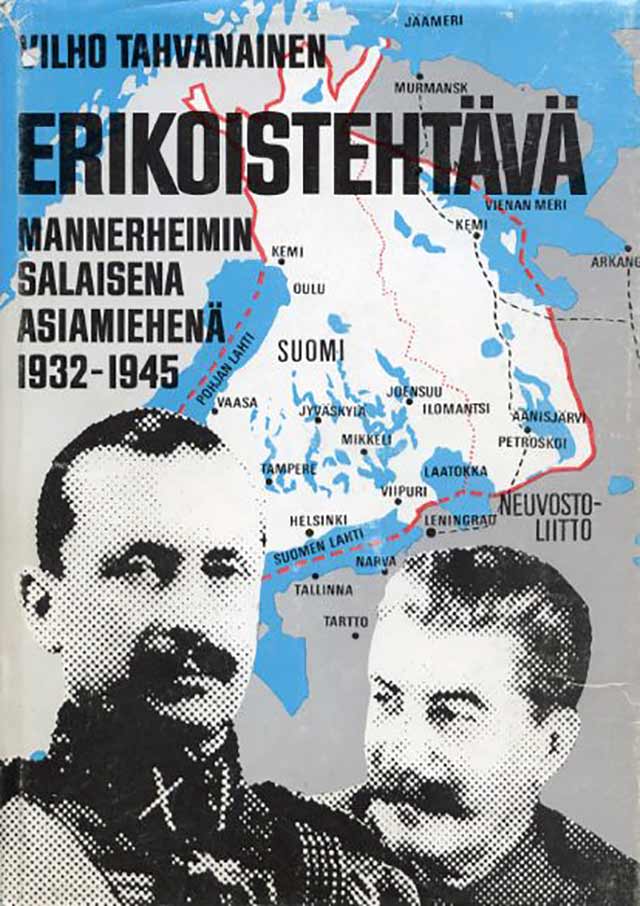How a Finnish Admiral ended Denmark’s dominance of the Baltic Sea – Thread on Klaus Kristersson Horn and naval combat in the Northern Seven Years’ War. 1/17 

In 1563 Sweden entered the Northern Seven Years’ War alone against the alliance of Denmark and the Hanseatic city of Lübeck over the control of the Baltic Sea. The war was fought in southern Scandinavia but is mainly remembered for the fierce battles between modern navies. 2 



In 1565 Sweden sent out its largest ever armada of 25 large ships which was first commanded by Klaus Fleming but was then given to another Finn, Klaus Kristersson Horn of Joensuu. Horn had only led Swedish armies on land but would prove his skill as a naval commander. 3 



Horn ordered his ships to sail from Stockholm to the southern Baltic and drove away a small Danish-Lübeckian detachment, allowing him to raid their merchant ships. While these were small victories, they meant that the allied blockade had been broken. 4 

On the 4th of June, The Swedish and Danish tug-of-war continued as their fleets fought each other around Bückow. This battle led to the death of Danish Admiral Herluf Trolle and it wouldn’t be until July that a new Danish fleet could set sail under the command of Admiral Otto Rud 



On the 7th of July, the navies met around Bornholm. Rud ordered the Danish flagship Jaegermeister to head straight towards its Swedish counterpart Sankt Erik - aboard it, Klaus Horn. The duel of the Admirals began. 6 



At the start of the battle, the Swedes had an advantage because their industry had provided them with bronze cannons which had greater range than the Danish iron guns. The Swedes opened fire with cannonballs, while the Danes tried to close the distance to board the Swedish ships. 

As the ships got closer, the gunners switched to explosive shells and chain shot, trying to destroy the enemy sails. Bolts with gunpowder charges and ramming attacks with flaming ships were used to try to set the enemy fleet on fire. 8 





When the ships were next to each other, the cannons were loaded with grapeshot of scrap metal. Arquebusiers and Finnish archers sent a hail of gunfire and arrows at the enemy. Hooks were attached and soldiers boarded the ships to join the bloody melee. 9 

The Danish vice admiral Niels Trolle and his Danske Kristoffer tried to destroy Finska Svan of the Swedish Navy but were rammed by Swedish Troilus, which boarded the Danish ship. After hours of battle, Danske Kristoffer and Trolle lied at the bottom of the sea. 10 

Lübeckian ships tried to counter boarding attempts by lowering their anchor and letting the enemy sail past. Admiral Knebel successfully pulled off this move with his ship but when another one attempted it, the stalled vessel was gunned down and boarded by multiple Swedish ships. 

After 4 hours of fighting, the Danish fleet finally disengaged. On board their flagship Jaegermeister, only half of her 1100 crew remained alive. As the ships hold filled with water, Admiral Rud surrendered to the Swedes and was taken prisoner. 12 

The Danish prisoners were later paraded around Stockholm to the tune of a Swedish peasant’s pipe. When Otto Rud objected to their treatment, King Erik XVI became enraged and grabbed his sword. At this point Klaus Horn stepped in to defend his old adversary and saved his life. 13 

The battle of Bornholm was bloody for both sides but the Danes lost far more men, with estimates ranging up to 4000. The Swedes defeated their enemy largely thanks to their superior firepower but their victory was not a decisive one as Denmark and Lübeck would send another fleet. 

Horn met the enemy fleet around Öland on the 26th of July 1566. His St. Erik was facing the Lübeckian Flagship Stür-Schweden and its Danish counterpart. Horn’s cannons pounded the Lübeckian ship, cutting off its main mast and causing the rest of the fleet to flee. 15 

The battle ended in stalemate but in the following days, the Danish fleet met its demise in a severe storm which they later attributed to sorcery. Sweden controlled the sea and it would take until 1644 when naval battles of this scale would be fought again between them and Danes. 

Klaus Kristersson Horn would not live to see the end of the Seven Years' War as he was struck down by plague. He was buried to Uppsala Cathedral next to Swedish Kings and would go down as Sweden’s and Finland’s greatest naval hero, having many warships named in his honor. 17/17 




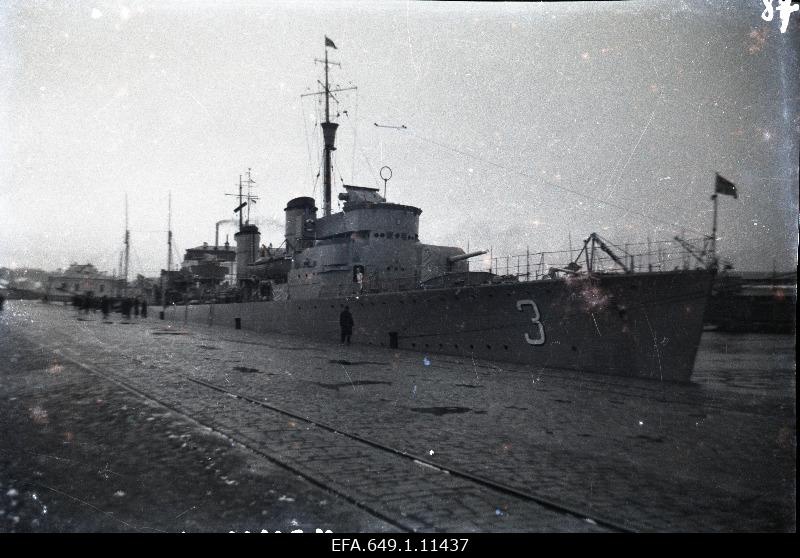
Sources for this thread included “Suomalaisten Taistelut” compiled by Ohto Manninen, Hakkapeliitta 31/1927 & Kertomuksia Suomen historiasta III by Julius Krohn.
• • •
Missing some Tweet in this thread? You can try to
force a refresh















